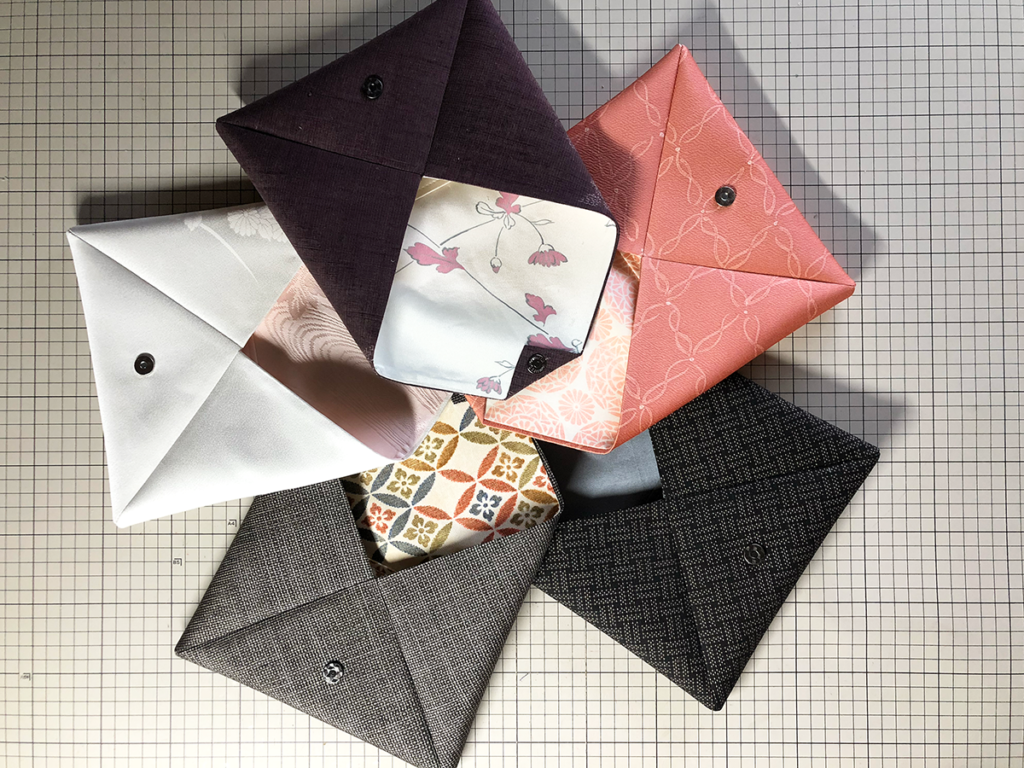Recently, the difference between cold and warm temperatures has been so drastic that it is difficult for the body to keep up with the difference in temperature between the cool morning and evening and during the daytime.
In addition to the temperature changes felt by the body, when kimono culture was for daily use, people must have enjoyed the seasonal changes by coordinating materials and patterns that suited each of the four seasons.
I believe that changes in kimono culture have had a to do with changes in lifestyle before and after World War II. However, I believe that the modern sense of value for kimono has changed to "Kimono" as a costume for special fashion, socializing, and ceremonial purposes.
As I carefully unraveled the kimono piece by piece, I began to notice the colors and patterns that I liked. For example, the pattern, design, and color of the kimono fabric, as well as the color coordination of the "lining" used to tailor the kimono.
The boldness of the patterns and colors used in the "hakkake" and "Susomawashi" of the kimono, the "Haura" of the Haori (haori coat), and the long underwear is astonishing.
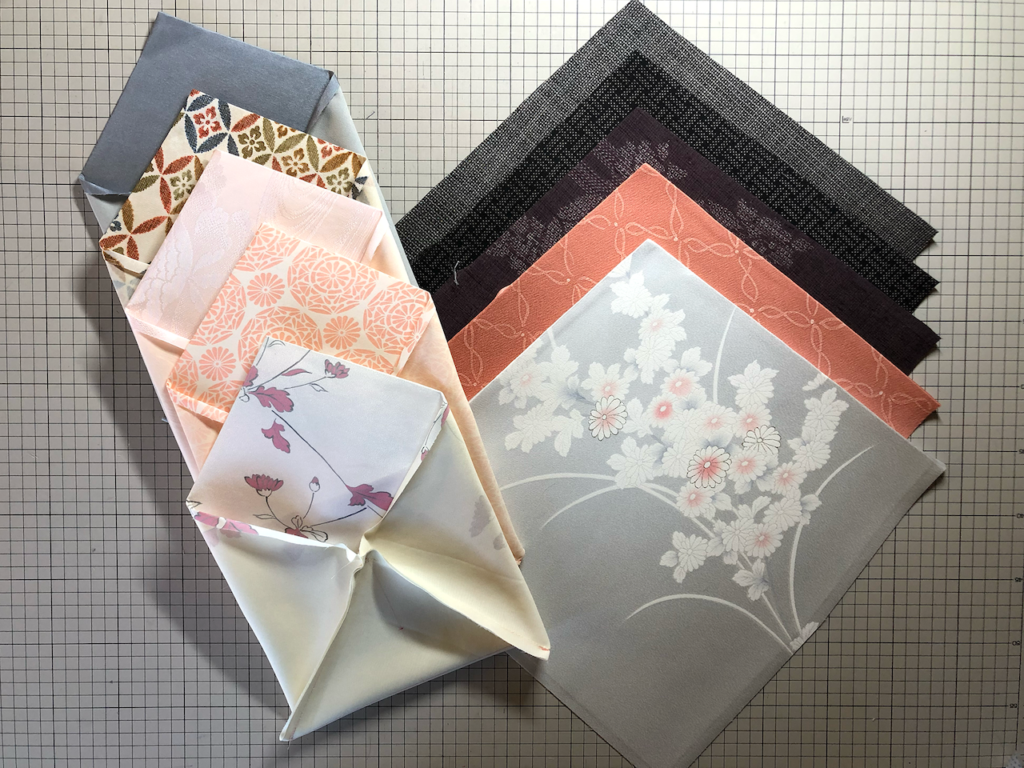

Here is a look at the production of the atelier and the six actual items that were completed.
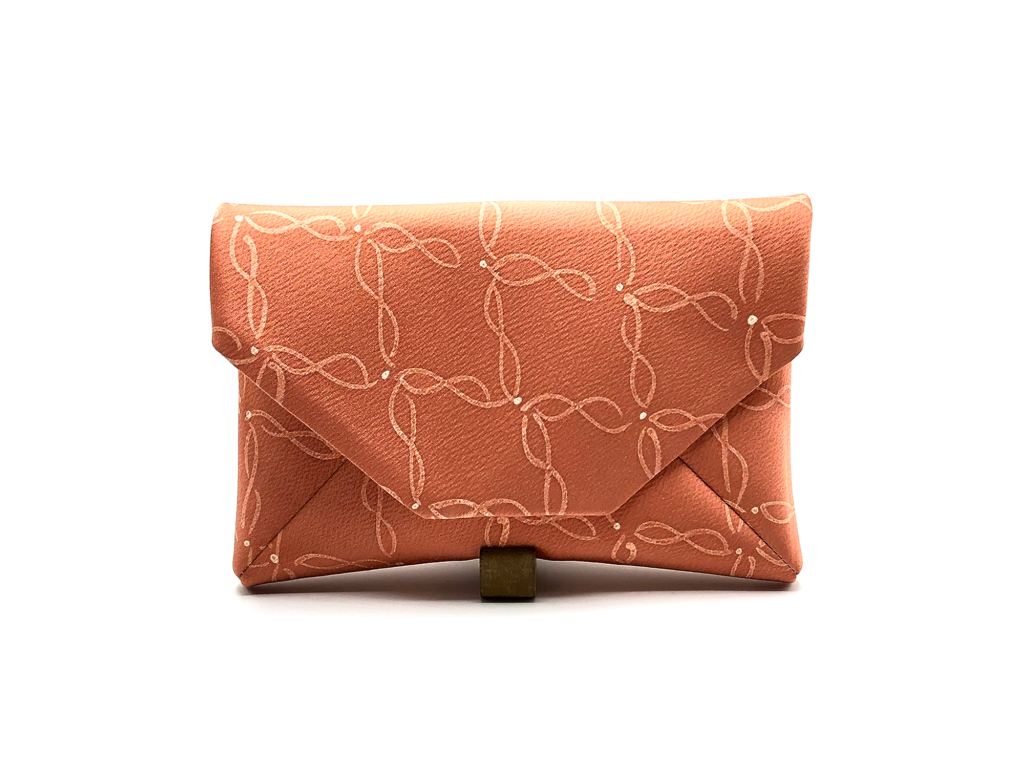

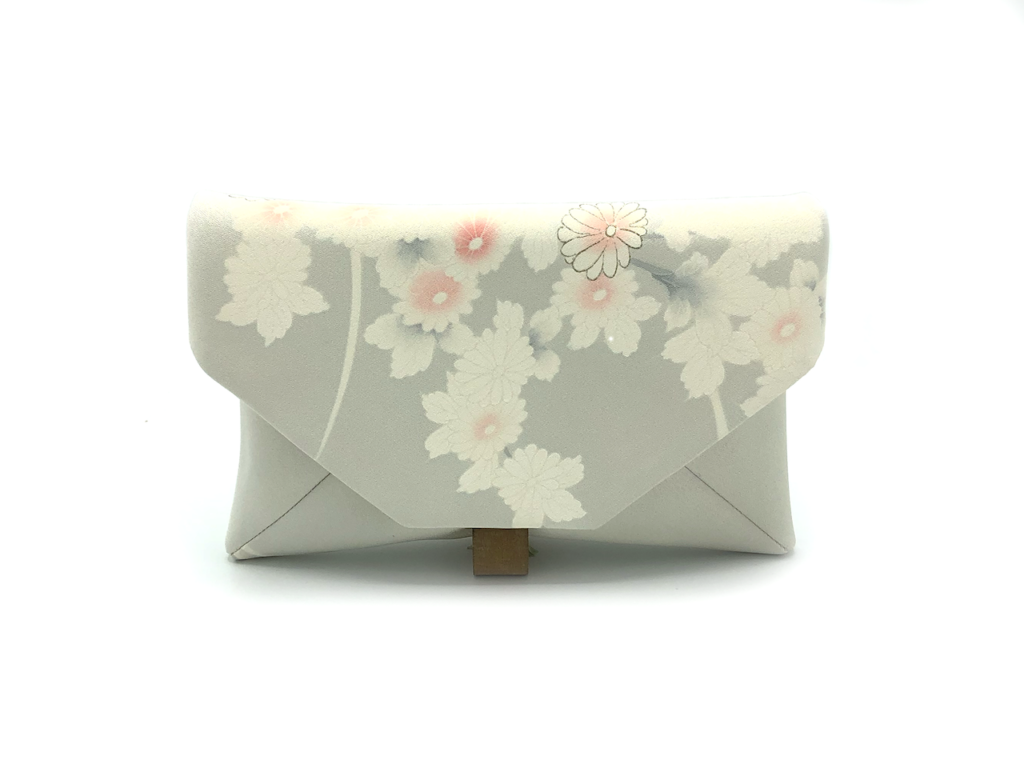

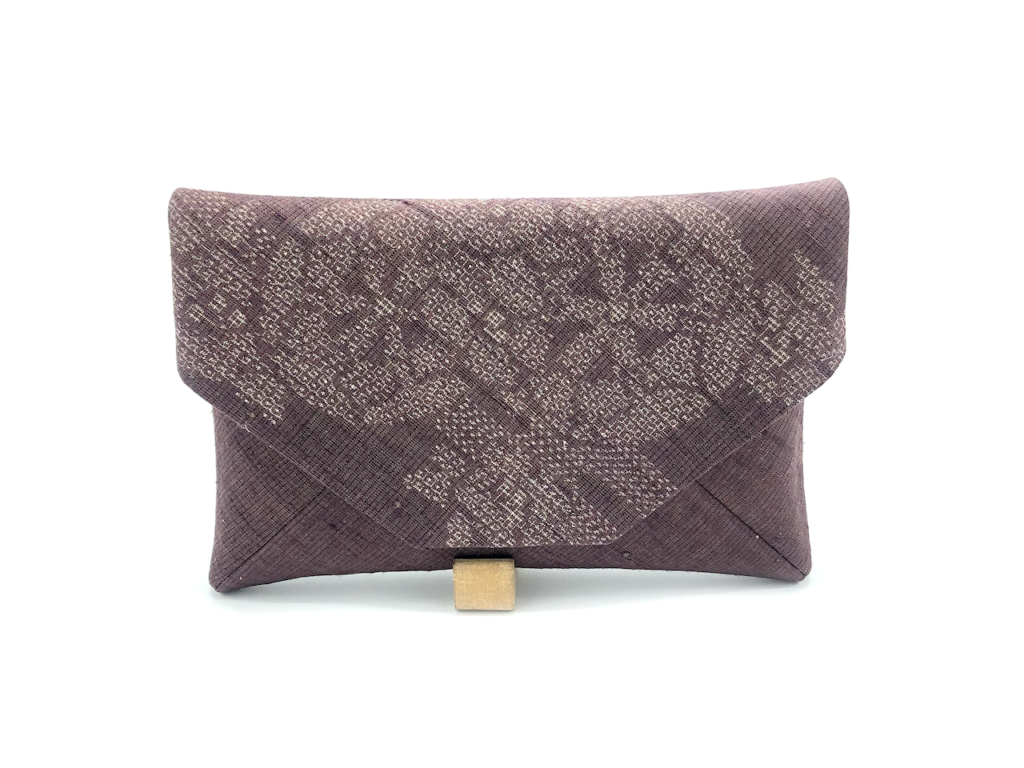
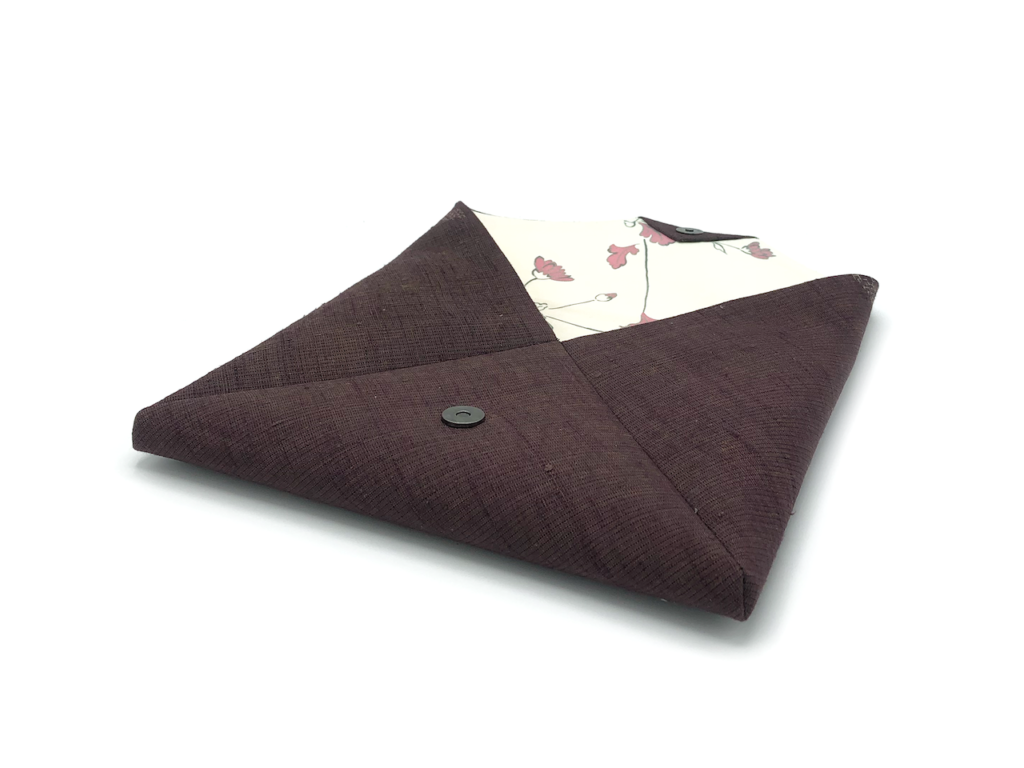
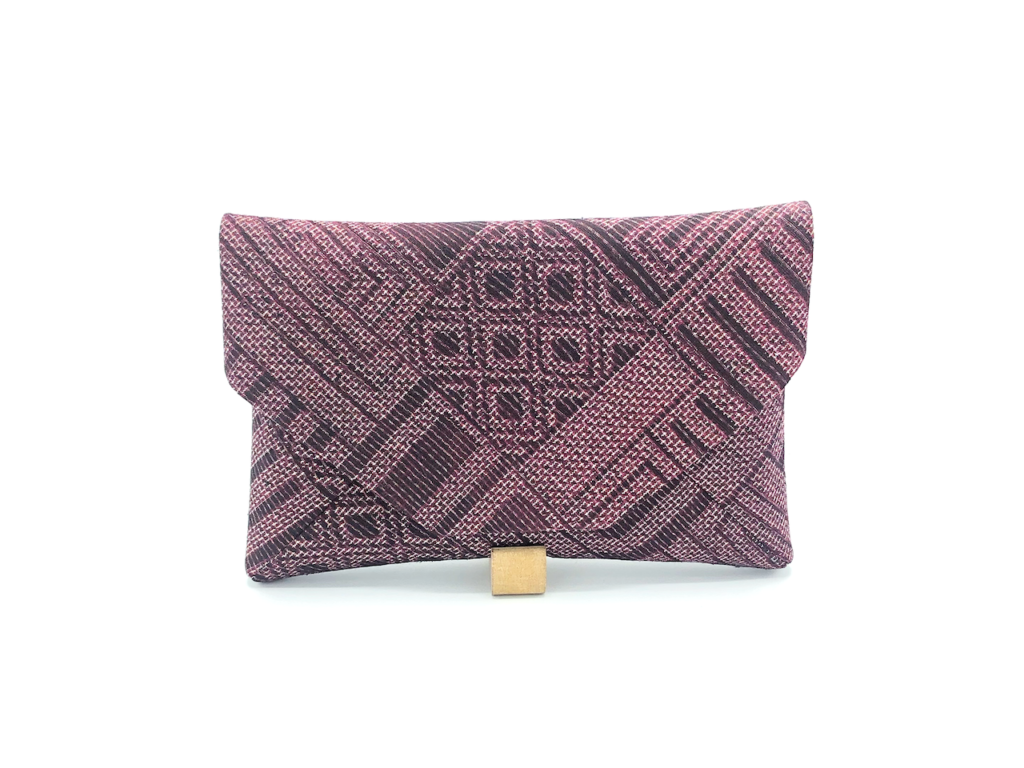
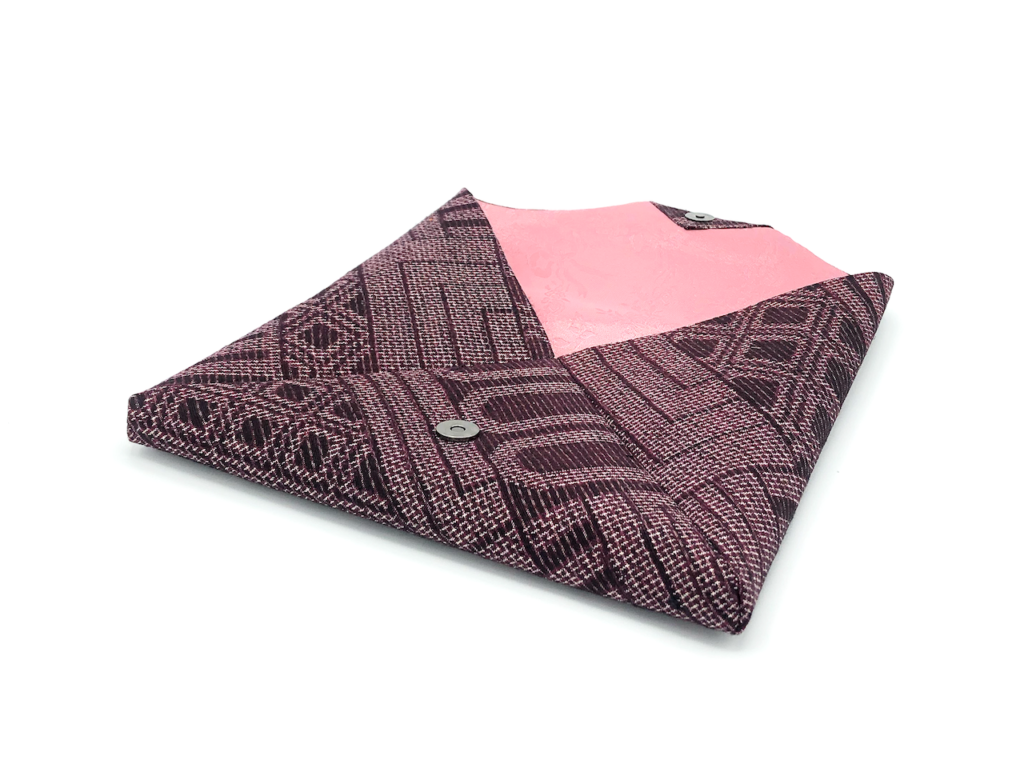
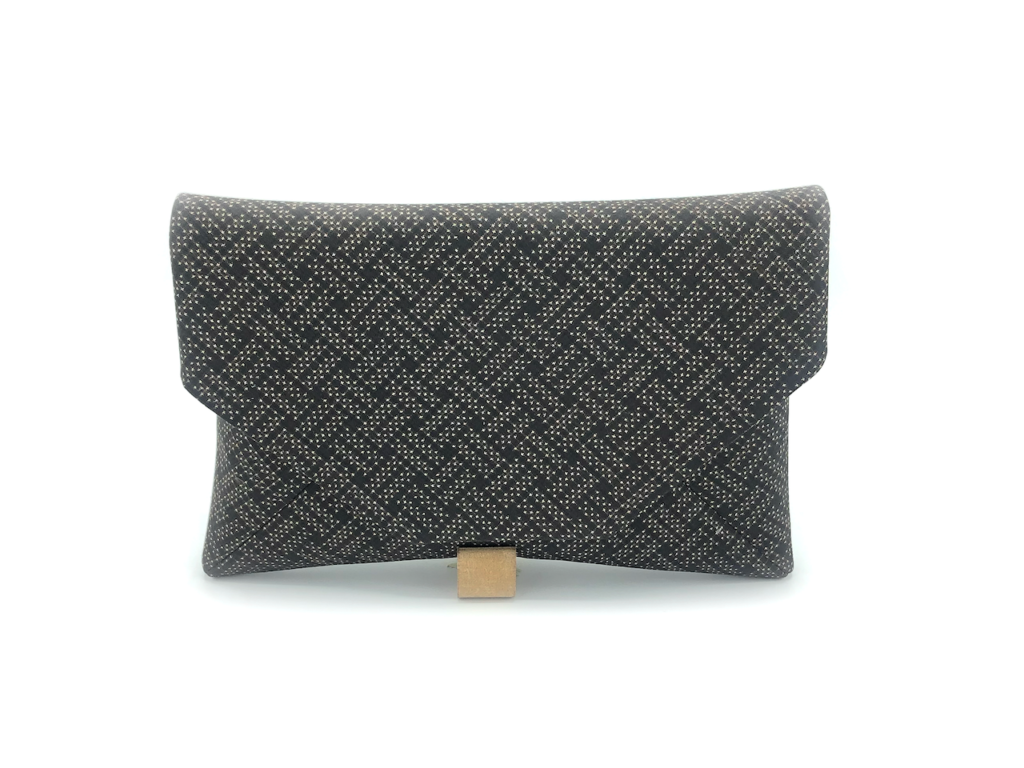

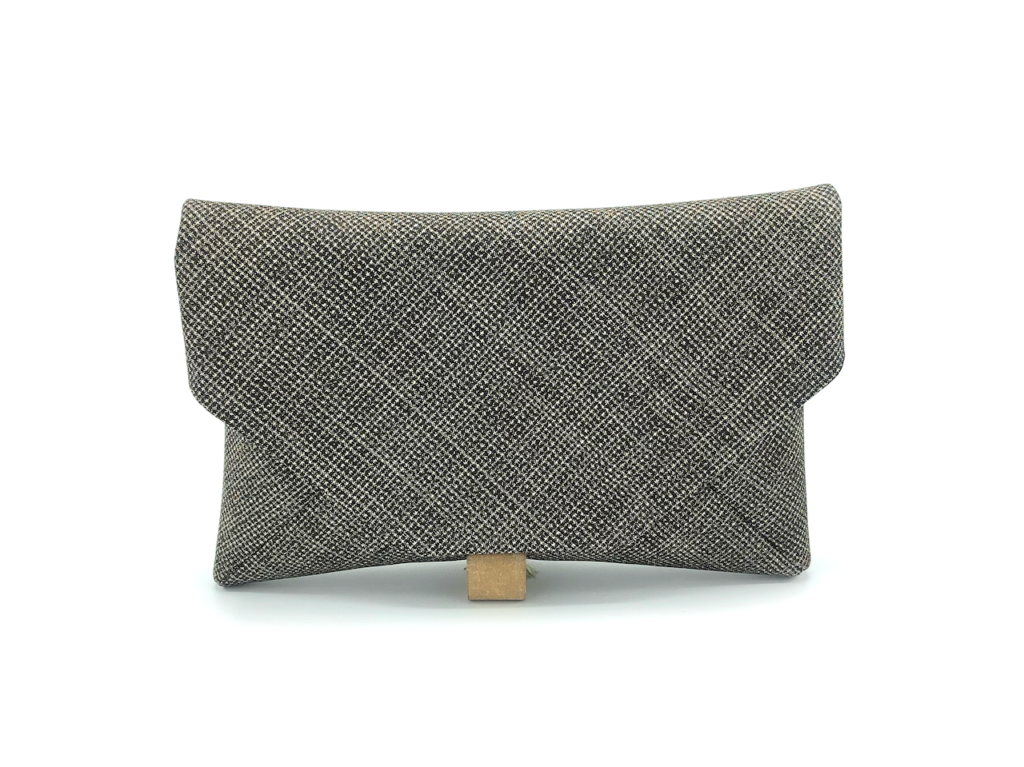
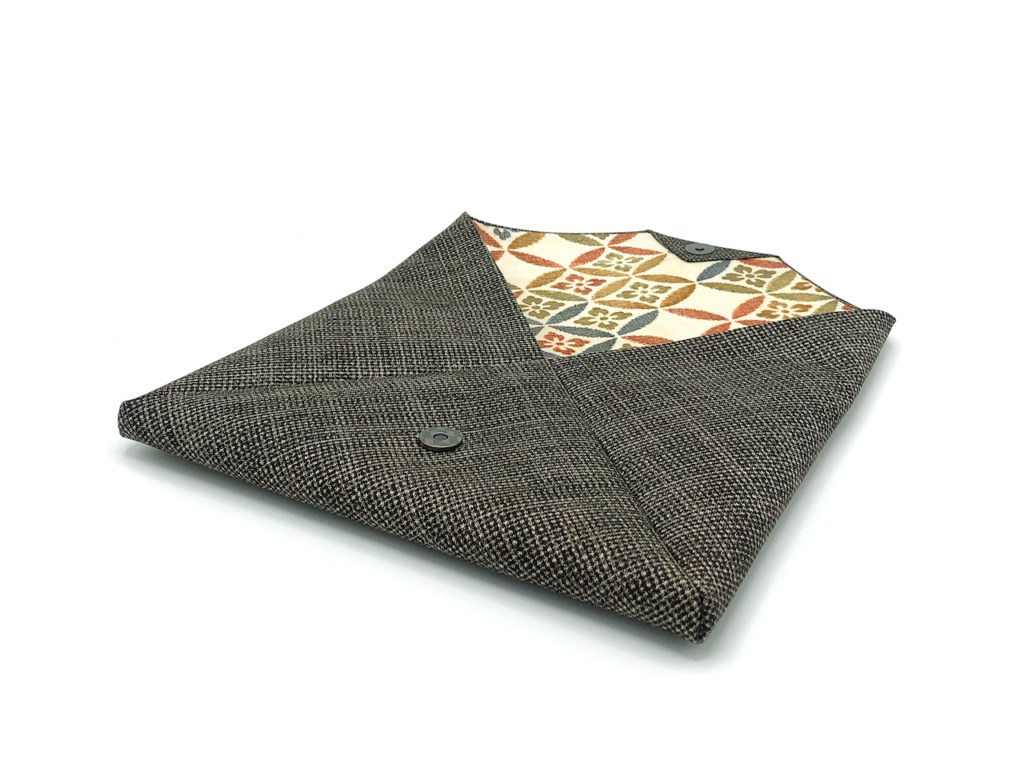
When I handle various kimonos and obi fabrics in my upcycling work, I feel that even a small piece of Kimono or Obi fabric has the weight of condensed, advanced techniques and inherited culture. And when I think about the fact that these items are becoming rarer and rarer as time goes by, I hope that someone will use them in some way to make them even more valuable.
